QuestionWhat can you tell me about this condition? We are looking at purchasing a 5 month GSD and the breeder says that ther puppy has it and will out-grow it. Or it could be OCD?Not sure what that is...Help!
Also the dog's ear are not up...should we look for a different puppy?
Answerhi teresa
THIS CONDITION CAN EFFECT MANY SHEPHERDS USULLY RUNS IN THE GENS OF THE DOG IN QUESTION, YES IT CAN OUTGROW IT BUT NEVER BREED IT WITH THIS. THE EARS WILL GO UP UNLESS THIS IS GENETIC ALSO IF BY 7 MOS THEY ARE NOT UP THEY ARE NOT GOING UP AND GO BACK ON THE BREEDER FOR A REPLACEMENT MADE TO YOU WITH ALL THESE PROBLEMS. THIS IS THE PROBLEM WITH AMERICAN BREEDERS THEY BREED BAD LINES THAT CAUSE MANY MEDICAL PROBLEMS, THEN THE FEW OF US ARE TRYING TO BREED IT OUT OF THEM AND WE CANNOT DO IT ALONE WITH -PEOPLE LIKE THIS. SORRY BUT THIS IS TRUE FACTS ON BREEDERS. AMERICAN BREEDERS ARE NOT WORTH BUYING FROM....PERIOD...HOME
Back to Client Info Index
Panosteitis in Dogs
General Information
Panosteitis is a disease primarily affecting young dogs of large breeds. It is characterized by inflammation within the bones, especially those of the legs. Lameness of one or more legs is often apparent.
The disease may persist for 1-6 months, with the average case lasting 2-3 months. During the course of the disease, periods of pain and lameness are interrupted by intervals of good health. Lameness may switch from one leg to another, and the degree of discomfort may vary. Full recovery is common and is usually expected.
Important Points in Treatment
1. Panosteitis is considered a self-limiting disease. This means recovery occurs after the disease runs its course. The only treatment presently used is oral anti-inflammatory or pain-relieving drugs.
2. Repeated radiographs (x-rays) may be required to evaluate the progress of the disease and to rule out the occurance of other orthopedic conditions which may occur at the same time as panosteitis.
3. Exercise: Inactivity is to be expected during the painful periods of the disease. Limiting exercise during this time is beneficial. There is no need to restrict your pet's activity during the non-painful time.
4. Diet: Follow the instructions checked.

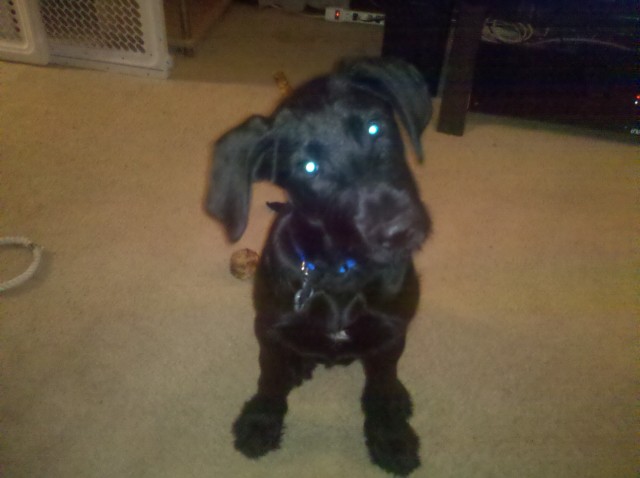 purebreed german shepherd?
Question
king
I purchased a dog 2months ago and he weig
purebreed german shepherd?
Question
king
I purchased a dog 2months ago and he weig
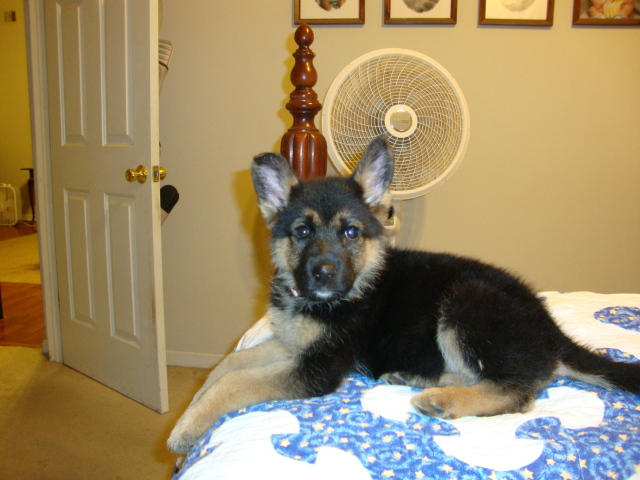 puppy wont eat
Question
ava 8weeksweeks
i have a purebred german sheph
puppy wont eat
Question
ava 8weeksweeks
i have a purebred german sheph
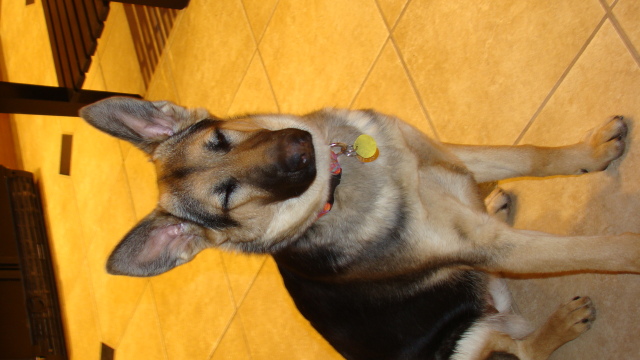 tymber
Question
tymber
ok my gsd is now 7 months old and i hav
tymber
Question
tymber
ok my gsd is now 7 months old and i hav
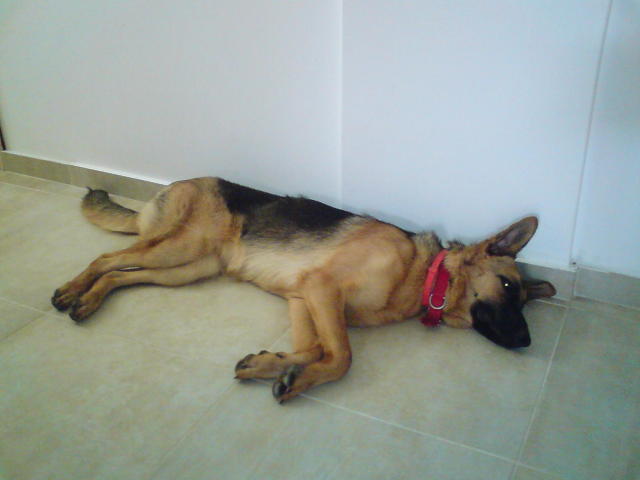 puppy growing thin and tall
Question
Lying down
Hi, I have a 9 month old German She
puppy growing thin and tall
Question
Lying down
Hi, I have a 9 month old German She
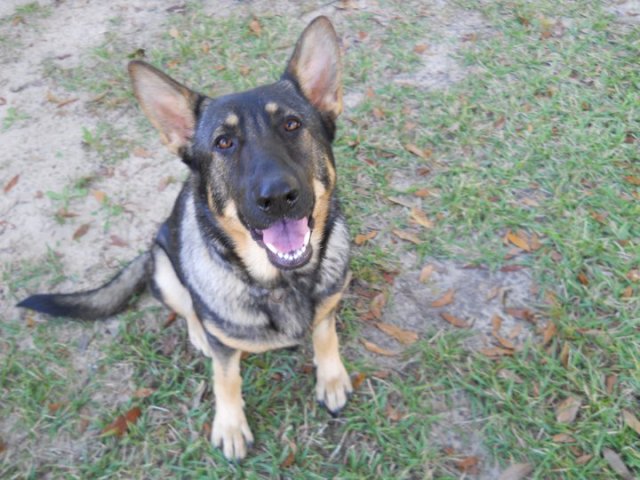 Training rescued German Shepherd
Question
Libby
My boyfriend and I have recently took in
Training rescued German Shepherd
Question
Libby
My boyfriend and I have recently took in